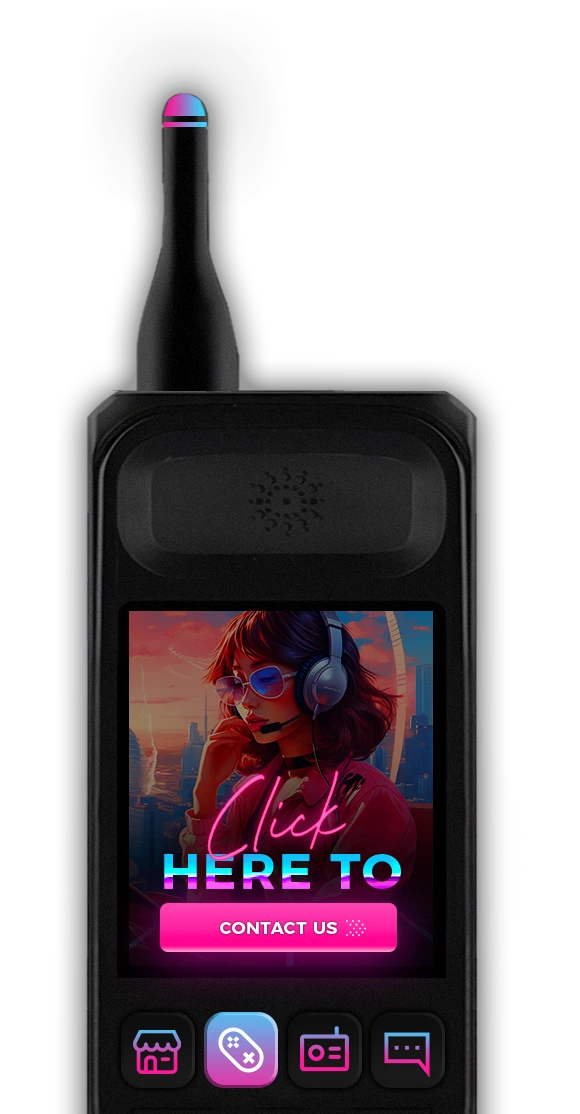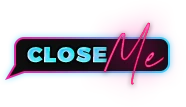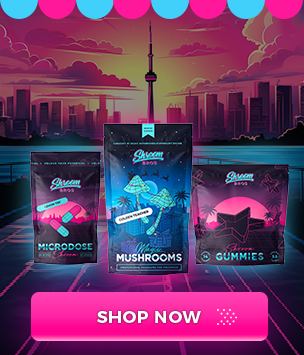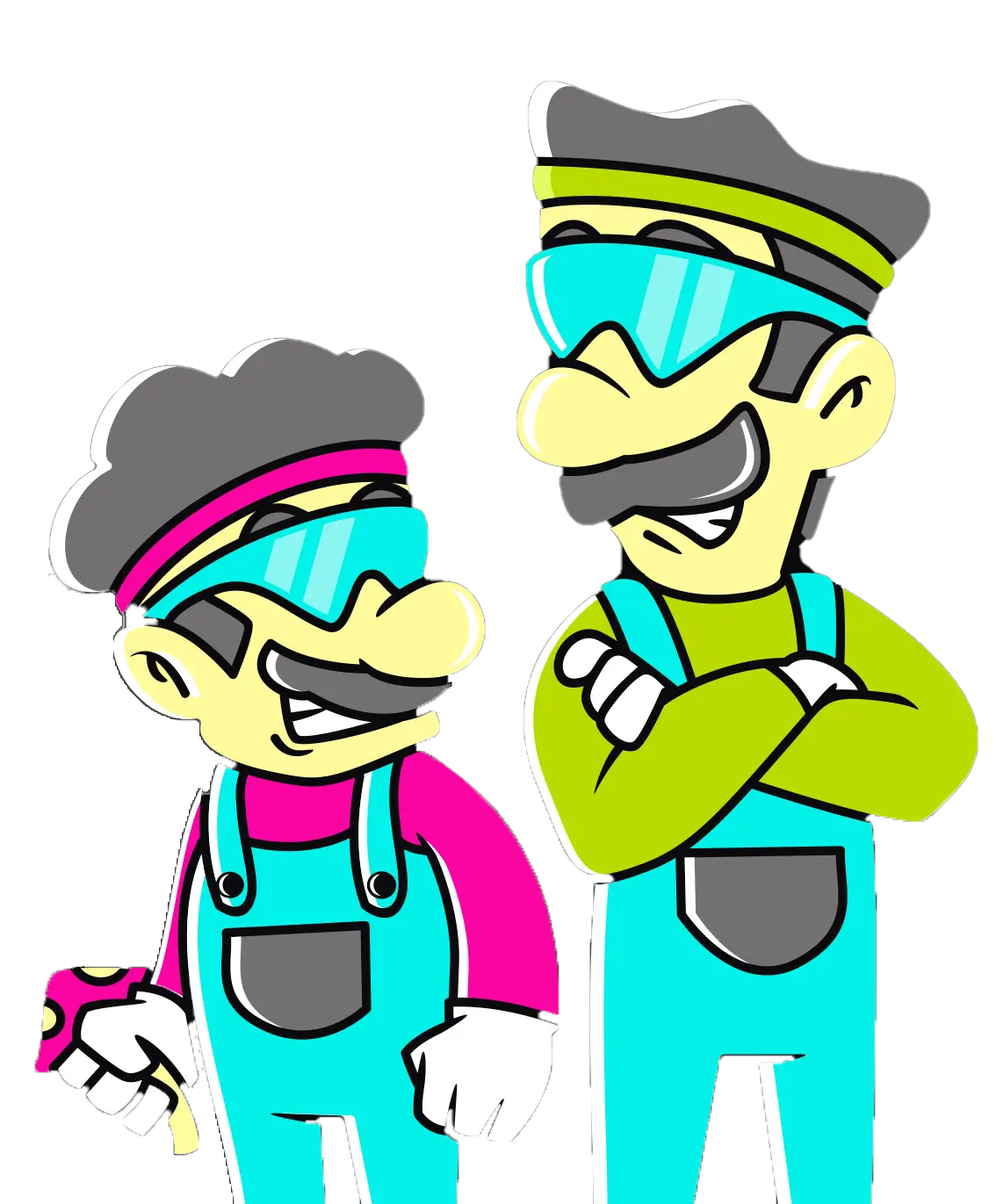
There are many wonderful ways to use magic mushrooms, but more and more everywhere you look, you are reading about the incredibly beneficial therapeutic applications of shrooms. One of the institutions leading the way in this research is The Johns Hopkins Center for Psychedelic and Consciousness Research, out of Johns Hopkins University in Baltimore, MD. Since 2000, and backed by tens of millions of dollars in funding, Johns Hopkins was the first clinical center given regulatory approval in the United States for conducting clinical research using psychedelics as therapeutic aids.
Since that time, they have remained at the forefront of psychedelic research and clinical advancements, demonstrating how magic mushrooms can be effectively used to help in the treatment of depression, anxiety, post-traumatic stress disorder, and many other mental health conditions.
Of course, not everyone can make the trip to Baltimore to receive their patented brand of psychedelic therapy – but we’ve done a little bit of digging to uncover some tools you can use right in your own home.
Namely, their Psilocybin Research Sacred Knowledge playlist – which has been added to Spotify, and we are sharing with you here!
This playlist is 7 hours and 40 minutes in length, and its beautiful progression of concertos, baïlèros, and symphonies has been painstakingly and thoughtfully tweaked over decades of research into psychedelic medicine. The playlist is designed to help carry patients through every stage of the psilocybin session. The music starts simple and relaxing, increasing in complexity and intensity over time as it guides the patient from the beginning of their session, through ingesting the medicine, to beginning to climb and hitting the peak, and the eventual coming down.
The History of the Playlist
The playlist is the brainchild of psychologist Bill Richards, who has been involved in psychedelic research since the early 1960s. As one of the leading researchers at the Johns Hopkins Center, he has this to say about the effects this playlist can have on those who listen to it during their trip:
“We’re exploring the human psyche, which might take you through some painful things in childhood. It may take you into some archetypal or visionary realms that you never knew were possible. It might take you beyond usual consciousness into a realm that feels eternal.
The music chromatically develops, and it goes up and reaches this exquisite climax and then comes back down… It’s going somewhere, it’s picking you up and carrying you. It’s got some force, some substance. It doesn’t have very unpredictable changes of rhythm or something that’s going to startle or frighten you. So, it’s a net of reassurance, almost, and of leadership.”
The music helps keep participants from prematurely returning to normal conscious awareness, Richards says.
“I think of it as a nonverbal support system, sort of like the net for a trapeze artist,” he says. “If all is going well, you’re not even aware that the net is there — you don’t even hear the music — but if you start getting anxious, or if you need it, it’s immediately there to provide structure.”
Recently, the playlist was featured prominently and supported the experiences of all those who participated in a new study published by Johns Hopkins on Nov 4, which found that psychedelic substances can have profoundly beneficial effects on those suffering from Major Depressive Disorder.
How to Use the Playlist
The best way to use the playlist is as follows:
The first 30 minutes of the playlist are designed to help set the patient up for the impending psychedelic experience. So, you should start the playlist before taking the mushrooms, somewhere where you can be relaxed, with your eyes closed, in meditation, or a state of deep relaxation. This time should be spent on what we call intention-setting: becoming clear with yourself on what the purposes of this session are, and what you want to get out of it.
It is important in the use of mushrooms for therapy not to skip this step. We must be clear with ourselves in what we want to get out of the experience – this will help shape the course of our trip, and help keep us grounded in the psychedelic journey that is to follow.
Once you feel that your intentions are clear, it’s time to dose yourself. The playlist is designed to support a more moderate to heavy usage. Depending on your tolerance, somewhere from 2.5 to 4 grams should be appropriate. Once the mushrooms have been ingested, lie back again and close your eyes – try not to focus too hard on the music, but rather lean into it as a guide that will help guide your mind through the trip to come.
Your mind may wander to different subjects, but you would do best to keep your intention in mind. If negative thoughts or feelings arise, you shouldn’t try to run from them or shut them down, but allow them to wash over you as you relax further into the playlist. About 85 minutes in, the playlist begins to seriously increase in its complexity and intensity, as you approach your peak. Follow the trip – go where it wants to take you, and allow the music to be your tether to the world.
The songs contain no English lyrics at all (and few lyrics in general) during the first 6 hours of the playlist. This is on purpose so the music will not provide any kind of distraction from the important work that’s happening inside your mind, but rather serve as a guide. Says Richards,
“I think of it as a nonverbal support system, sort of like the net for a trapeze artist, if all is going well, you’re not even aware that the net is there — you don’t even hear the music — but if you start getting anxious, or if you need it, it’s immediately there to provide structure.”
As the playlist winds down, you will begin to hear some more recognizable songs with recognizable lyrics, designed to help you transition smoothly back to reality.
In closing, Bill Richards had this to say about the playlist and how it affected his patients:
“It spoke [to them]. It took on meaning in the struggle, the unfolding, the dissonance being resolved. They could understand that that type of classical music is a language about life and human experience. And when you’re in the music, it’s so different from listening to the music.”
If you’re interested in reading more about the story, you can check out this article on the Johns Hopkins website!












